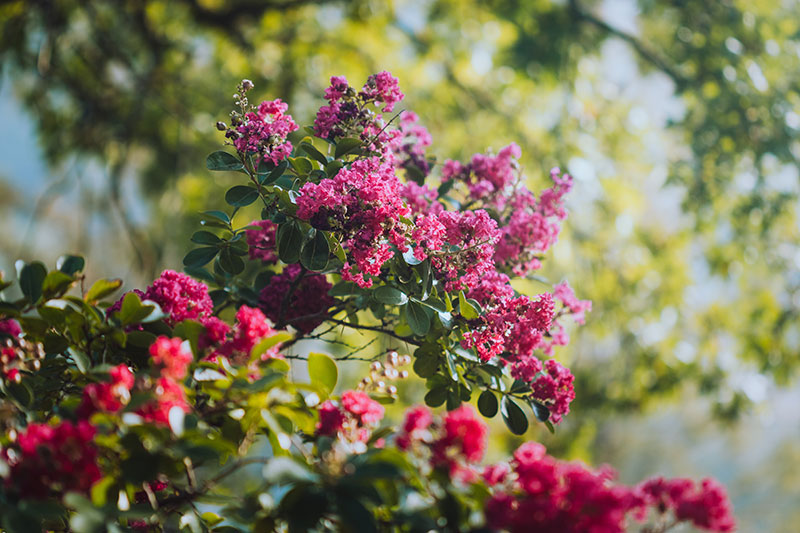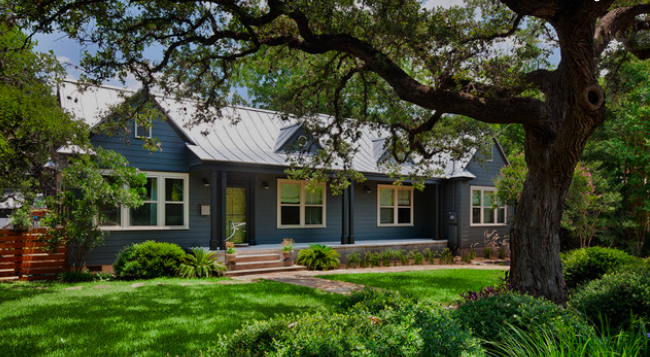
How to Properly Prune a Crape Myrtle Tree
January 24, 2022
Meet The Team: Q&A with Senior Crew Leader Todd Norman
February 6, 2022Nothing ruins a lush, vibrant lawn faster than a patch of pesky weeds. These unwelcome invaders often seem to sprout up overnight, laying waste to all your hard lawn work. If fostering a thick and healthy lawn can’t stop weeds in their tracks, what can?
Unfortunately, weeds happen to the most vigilant of homeowners. The best approach to weed control is always a proactive one, but that doesn’t mean they won’t pop up now and again. So you can get ahead of weeds and be prepared to fight them off when needed, here are some tips to knowing when it’s time to kill weeds in your South Alabama lawn.
Spring Into A Weed-Free Lawn
Spring is by far the best time of year to apply weed killer. That’s because spring is the best time to apply pre-emergents, a type of lawn treatment that kills weeds by creating a protective barrier in the soil that prevents plant growth, killing weed sprouts as soon as they begin to germinate. Remember the saying “an ounce of prevention is worth a pound of cure”? That was said about weed control (but don’t quote us on that.)
For this reason, it’s incredibly important to apply pre-emergents before weeds start to grow. Germination typically begins when soil temperatures are consistently around 55 degrees. This means that February and March are the ideal times to begin spring pre-emergent weed control in our area. Once sproutlings can be seen, pre-emergents will not be effective and you’ll need a post-emergent product.
Should you get some stubborn sprouters (and you will), spring is also one of the best times to apply post-emergent weed killer. Herbicides work best in conditions that are warm and wet, so spring’s frequent rains and fair temperatures will help your treatments thrive. You can also catch young weeds before they have the chance to flower and seed. Most lawn experts agree that you’ll get the best results by applying post-emergent herbicide about eight weeks after your spring pre-emergent application (if needed.)
Make Weeds Fall In Line
After spring, fall is the next best season to apply weed killer to your lawn. Some homeowners choose to apply pre-emergents again in early fall. At this point, spring pre-emergents are no longer protecting the lawn and invasive cool-season weeds like annual bluegrass and chickweed are lying in wait for cooler weather to sprout. Fall pre-emergent applications should be done when soil temperatures drop to 50 degrees, typically in mid-September or early October.
Fall is also a great time for post-emergents because weeds are at their most vulnerable ahead of winter. Applying weed killer in late October means weeds will struggle to survive the winter and are less likely to sprout again in spring.
The Best Conditions For Weed Killer
Seasons aren’t the only factor to consider when it comes to weed control. Like most outdoor products, weed killer works best under a certain set of conditions. The weather, type of treatment, and even your lawn care schedule can all help make or break your war with weeds.
Here are some additional tips to consider:
- Don’t apply weed killer if rain is expected within 6 hours. Even a small shower can dilute your product and lessen its effects.
- Avoid applying weed killer on windy days, especially when using a granular product. Wind can spread your product into unwanted areas and kill healthy plants.
- Don’t mow the lawn for at least 2-3 days before or after applying weed killer.
- Aim to kill weeds in mild weather. Avoid extreme temperatures, strong sunshine, or frost.
Let Chad’s Landscape Management Take The Worry Out Of Weeds!
If stubborn weeds are causing you stress, let Chad’s Landscape Management handle the weed work for you! Our team is highly trained in responsible weed control that protects your lawn while tackling your toughest weed invaders. Contact us today!





